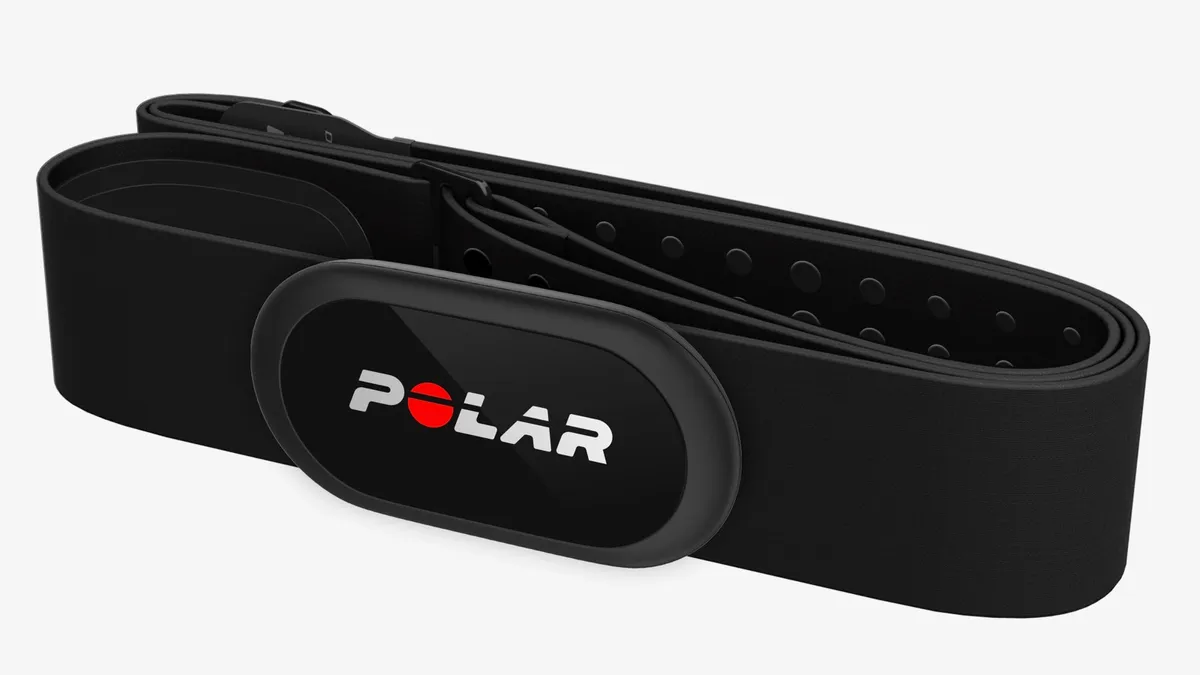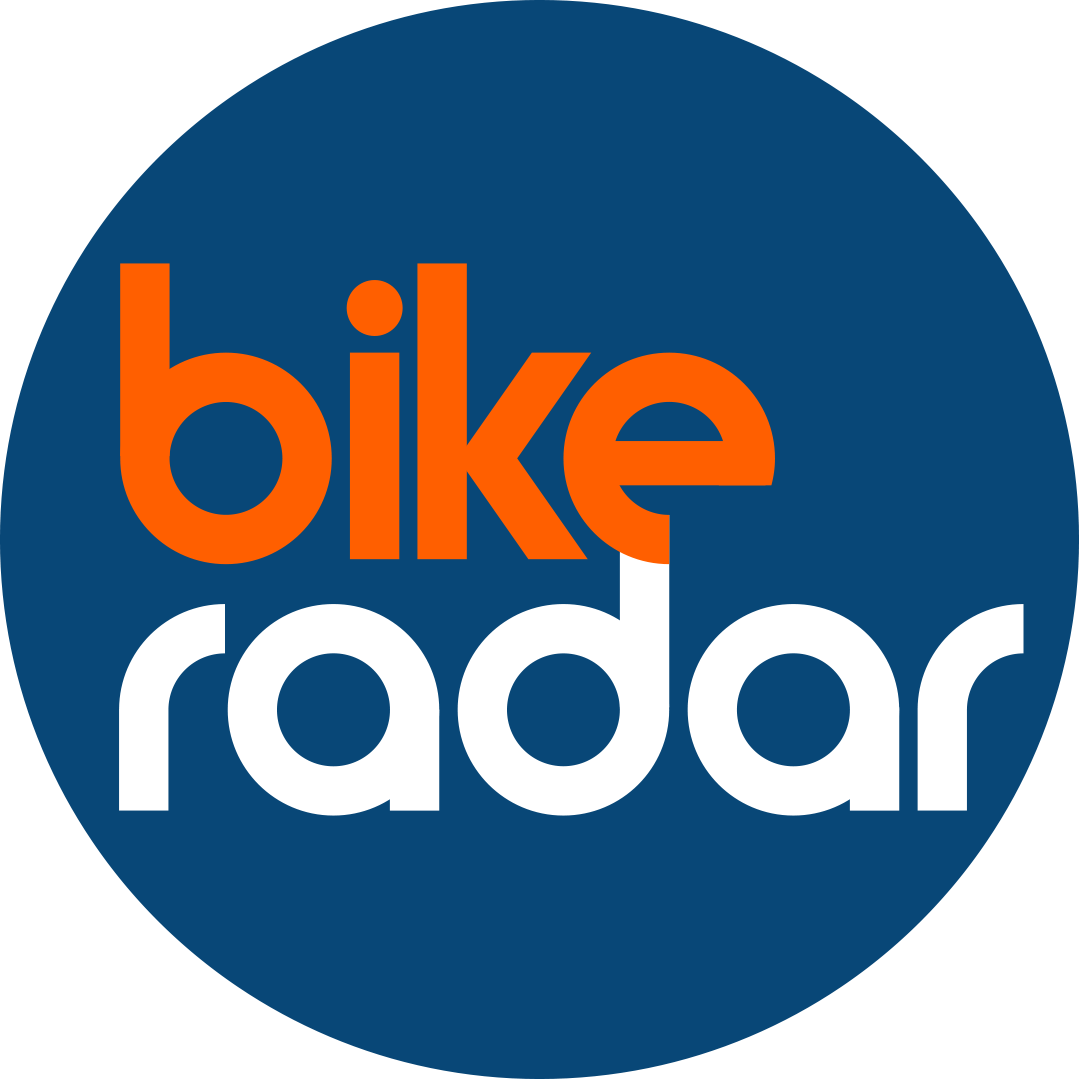Four decades of experience in clinical and exercise heart rate monitor development culminate in the new Polar H10 chest strap, which is the world's most accurate heart-rate monitor, Polar claims.
- Wrist-based heart rate monitors vs. chest heart rate straps
- Heart rate training zones explained - video
For the scientist at (or of) heart
Far too often cyclists use measurement tools without much regard for accuracy. What does that mean? The simplest explanation comes from a darts analogy. Get all your darts in close proximity to one another and you're precise. Get close to the bullseye and you're accurate. Combine them together and you’d be not only the winner of a free pint, but also accurate and precise. But why would this matter?
Some health monitoring devices simply rely on day-to-day consistency — being precise. And to some extent this could be sufficient, if all you’re aiming for is a way to see long-term trends. But if you want to be hitting the bull's eye with accuracy as well, then the H10 is the best option on the market, Polar claims.

Polar achieves this new level of accuracy with the addition of a third electrode on the strap, silicon grippers and a new algorithm.
How much more accurate is this new strap compared to others on the market? Well, that's hard to say, according to Polar. The company's current H7 at H10 straps are accurate to +/- 1 millisecond, according to the company, so in very good conditions they are quite similar. But once out on the bike, sweat and movement can cause interference.
"Both ANT+ and Bluetooth works in 2.4GHz frequency, the same as WiFi," a Polar representative told BikeRadar. "Interference is seldom caused by transmission technology. Most of the interference happens under the [jersey] because skin and strap contact is very sensitive. There are tiny voltages in count when measuring HR from chest, so even small mechanical interference causes troubles. That´s why the Polar H10 and chest strap is the best Polar has ever created. The combination of the new chest strap, new H10 tech and calculation algorithm has been developed to handle the interferences and filter them out."
The strap is waterproof and can be used for swimming, either with a Polar watch, or by itself with the recorded data downloadable afterwards by a Polar app.
Bluetooth only
Many other heart-rate straps on the market work on ANT+, the common wireless standard for cycling sensors. The H10 unit, like other Polar straps and computers, works only on Bluetooth. This one-to-one protocol allows for cleaner communication, Bluetooth proponents claim, with little to no interference. ANT+ signals, by contrast, can be picked up by multiple sources simultaneously.
While Bluetooth is becoming more common in cycling computers — the latest Garmin Edge and Wahoo Elemnt computers have it, for instance — the frequency is reserved for pairing to smartphones, not heart-rate straps. So, if you want to use this strap, you'll have to use a Polar computer, of which there are several. On the upside, though, you can also use the strap with iOS and Android phones and with Polar gym equipment you might find in health clubs. Finally, Polar claims that later this year the H10 will be compatible with GoPro Hero 4 and 5 units for data overlay on videos.
Not only does the unit have plenty of compatibility, with addition of interference-electrodes and a new blackbox algorithm, the H10 is speaking louder and clearer than previous models.
The Polar H10 is available now for €89 at Polar.com.
